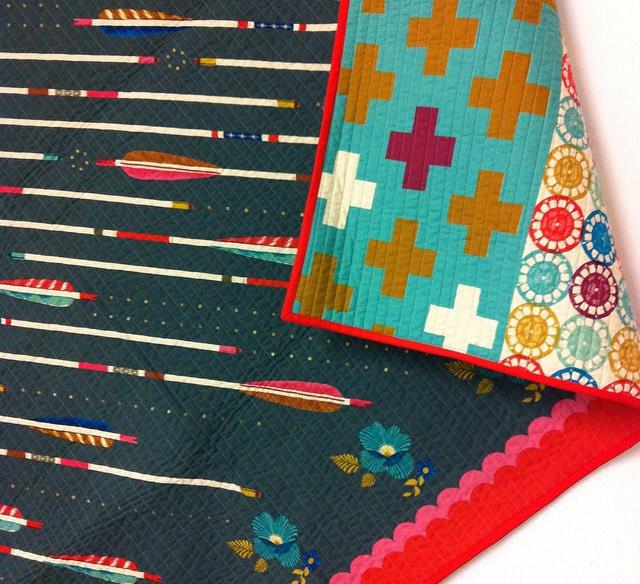At HomeQuestionsAnswered, we're committed to delivering accurate, trustworthy information. Our expert-authored content is rigorously fact-checked and sourced from credible authorities. Discover how we uphold the highest standards in providing you with reliable knowledge.
What is a Traditional Futon?
A traditional futon varies greatly from the more modern, Western version of the futon, which converts into a couch. Historically, a traditional futon was used in Japan for centuries and was designed to stow into a wall, closet, or storage space so that the room could be used for other purposes. It was a small, compact cushion that was easy to move, fold, and store; it generally did not come with a frame, as modern versions do. It also did not convert into a couch, as most Western versions do today.
Unlike today's futons, the traditional futon was much smaller and thinner. It was used as a mattress along with a quilt or blanket for sleeping at night, and during the day, the entire combination of cushion and blankets could be stowed in a closet or storage space. The traditional futon often rested on tatami, a type of flooring common in homes throughout Japanese history. The tatami floors were made to be a clean surface for sleeping or dining, and they were common in the homes of the upper class. Later in Japan's history, the floors became common in the lower class, but today, most Japanese homes do not have tatami floors at all.

Many Japanese homes used the traditional futon to make space in the house more functional. Since the futon cushion would be stowed, it would often need to be aired out and cleaned. A special instrument was used to beat the mattress clean, and the cushion would be placed in the sun to keep mold and mites out. This was an important part of the upkeep of the futon, since Japan's climate can be very humid. The cushion itself was often flexible enough that it could be manipulated into a storage space, called an oshiire. The mattress is often made from a soft cloth filled with cotton or wool. More modern versions use synthetic fill.
The traditional futon cushion was only a few centimeters thick, while today's more modern versions can be very thick. The futon made its way to the United States after World War II and became quite popular throughout the 1960s. During this time, the futon began to evolve into an entirely different piece of furniture, one that could be placed in a wooden or metal frame that could be converted into a couch rather than folded up into a storage space.
AS FEATURED ON:
AS FEATURED ON:











Discussion Comments
Does anyone know where to buy an authentic, traditional Japanese futon? All of the ones I see online look like reproductions or very low-quality pieces, and I really, really want to invest in a high-quality, traditional Japanese futon that is worth every penny that I pay for it.
Post your comments